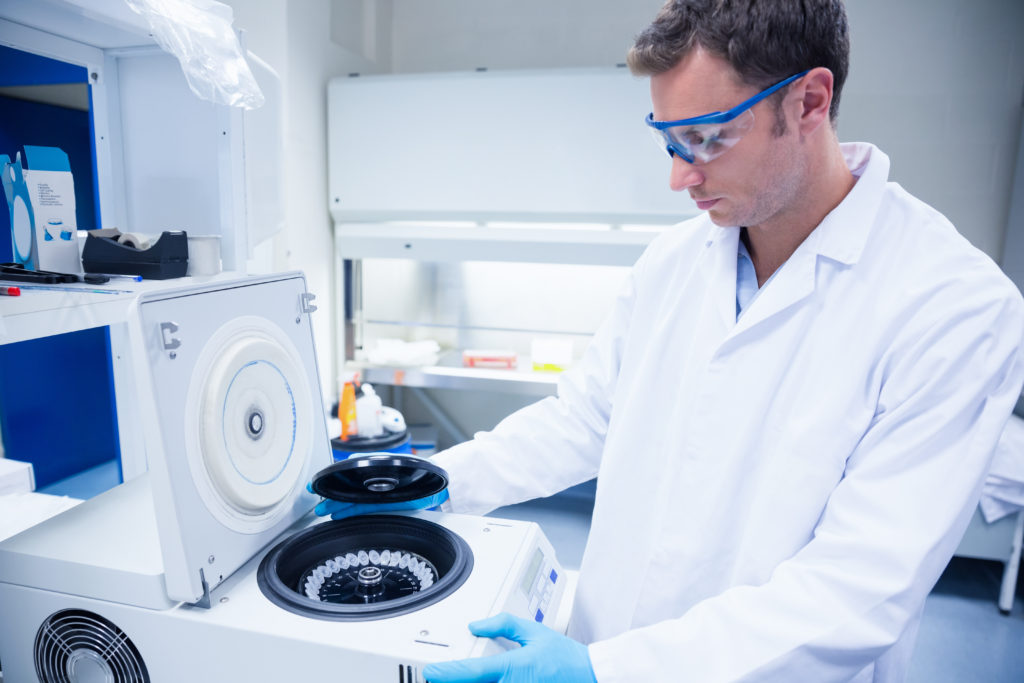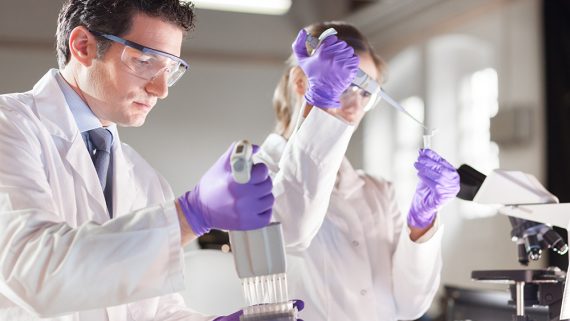Title: The Essential Role of ISO 17025 Accredited Calibrations in Quality Assurance Compliance
Introduction:
Quality assurance is a cornerstone of ensuring that products and processes meet predefined standards, and the accuracy of measurements is paramount in achieving this objective. Calibrations, which involve the systematic comparison of measurement devices against known standards, play a crucial role in maintaining the accuracy and reliability of instruments used across various industries. Calibrations are essential for quality assurance, and Femto Scientific is ISO 17025 Accredited – the international standard that delineates the competence requirements for testing and calibration laboratories.
The Foundation of Quality Assurance:
At the heart of quality assurance lies the imperative need for accurate and reliable measurements. Calibrations form the bedrock of this foundation, serving as a proactive measure to verify and sustain the precision of measurement instruments. Inaccuracies in measurements can have far-reaching consequences, potentially leading to flawed quality assessments and compromising the overall integrity of the quality assurance process.
ISO 17025 Compliance:
ISO 17025 stands as a globally recognized standard, delineating the competence requirements for testing and calibration laboratories. Compliance with ISO 17025 is paramount for laboratories aiming to establish their technical proficiency and credibility. Calibrations are integral to meeting ISO 17025 requirements, ensuring that instruments are calibrated against recognized standards and operate within specified tolerances.
Traceability to International Standards:
The international standard places a strong emphasis on traceability to recognized international standards. Calibrations provide a documented chain of traceability,
establishing a clear link between measurements and acknowledged standards. This traceability is not only vital for validating measurement results but also fosters confidence in the accuracy of the quality assurance process. NIST Traceability, or similar like NPL, NRC, and other organizations is a requirement.
Competence and Technical Proficiency:
ISO 17025 mandates that laboratories demonstrate technical competence in their testing and calibration activities. Regular calibrations contribute significantly to maintaining and enhancing technical proficiency. By ensuring that instruments operate within defined parameters, laboratories can uphold their overall competence and consistently deliver reliable results.
Documentation and Record-Keeping:
Thorough documentation and record-keeping practices are fundamental aspects of ISO 17025. Calibrations generate essential documentation that serves as tangible evidence of the accuracy and reliability of measurement instruments. Proper documentation is not only a compliance requirement but also a valuable resource for audits, reviews, and ensuring accountability.
Continual Improvement:
ISO 17025 advocates for a culture of continual improvement within laboratories. Calibrations play a crucial role in this process by identifying areas for enhancement related to measurement accuracy. The feedback loop provided by calibration results allows laboratories to implement corrective actions, contributing to ongoing improvement in processes and overall quality.
The Practical Implications of Calibrations:
Calibrations have practical implications that extend beyond mere compliance with standards. They are instrumental in mitigating risks associated with inaccurate measurements. Through regular assessments, potential errors and deviations in instrument performance are identified and corrected, preventing the downstream effects of faulty measurements on product quality and regulatory compliance.
Cost Reduction and Resource Optimization:
Accurate measurements obtained through regular calibrations contribute to cost reduction by minimizing rework, waste, and the need for additional quality control
measures. Calibrations play a proactive role in preventing quality-related issues, saving resources and costs associated with correcting errors.
Consistency in Manufacturing Processes:
In manufacturing, consistency is paramount for producing high-quality products. Calibrations ensure that measurement instruments provide consistent and reliable results, contributing to the overall consistency of manufacturing processes. This, in turn, leads to a reduction in variations and defects.
Customer Satisfaction:
Calibrations indirectly contribute to customer satisfaction by ensuring that products meet specified quality standards. Reliable measurements lead to the production of high-quality goods, establishing trust with customers and enhancing the reputation of the organization.
Implementing a Robust Calibration Program:
The successful implementation of a robust calibration program requires careful consideration of various factors. The frequency and timing of calibrations are critical aspects, with instruments calibrated at regular intervals based on usage, environmental conditions, and manufacturer recommendations. Critical instruments may require more frequent calibrations to ensure ongoing accuracy.
Qualified Personnel and Calibration Procedures:
Calibrations should be conducted by qualified personnel using calibrated reference standards. Calibration procedures should be well-documented, following recognized standards and methodologies. This ensures consistency and repeatability in the calibration process.
Documentation and Calibration Records:
Thorough documentation is a key requirement for ISO 17025 compliance and overall quality assurance. Calibration records should include details such as the date of calibration, reference standards used, adjustments made, and results obtained. This documentation is crucial for traceability and audits.
Adherence to ISO 17025 Requirements:
To fully harness the benefits of calibrations, laboratories must adhere to the specific requirements outlined in ISO 17025. This includes implementing a quality management system, conducting internal audits, and seeking accreditation from relevant bodies. Compliance with ISO 17025 enhances the credibility of calibration practices.
Training and Skill Development:
Ensuring that personnel involved in calibrations are well-trained and possess the necessary skills is crucial. Continuous training programs help keep personnel updated on the latest calibration techniques, equipment, and standards, enhancing the overall effectiveness of the calibration process.
Conclusion:
In conclusion, calibrations are the linchpin of quality assurance, ensuring the accuracy and reliability of measurement instruments across diverse industries. ISO 17025 provides a comprehensive framework that elevates the significance of calibrations by emphasizing traceability, competence, documentation, continual improvement, and overall credibility.
Integrating a robust calibration program and aligning with ISO 17025 standards are imperative steps in safeguarding and enhancing the quality of testing and calibration activities. Through these measures, laboratories can consistently deliver accurate and reliable results, contributing to the broader goals of quality assurance, regulatory compliance, and customer satisfaction.
Calibrations not only serve as a preventive measure against errors but also provide a proactive approach to maintaining technical competence and credibility in an ever-evolving landscape of quality standards and expectations. Embracing the principles of ISO 17025 and prioritizing calibrations as a cornerstone of quality assurance practices ensures that organizations not only meet current standards but also remain adaptable and resilient in the face of future challenges.



Comments
Comments are closed.